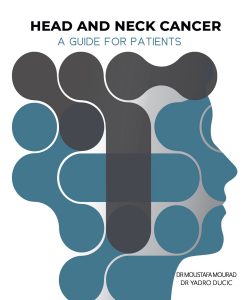A hole in the nose is medically referred to as a nasal septal perforation. This hole appears in the nasal septum, a portion of cartilage that separates the left and the right nasal airway passages. The symptoms can vary depending on the size of the perforation and other factors, but may include pain, runny nose, nosebleeds, and breathing issues.
How can someone get a hole in their nose?
There are many causes to develop a nasal septal perforation. Medications and drug use can often compromise the blood flow to the nasal septum by causing constriction or tightening of the blood vessels in the nasal septum. This causes decreased blood flow to the nasal septum, which causes tissue loss. Drugs such as cocaine or over the counter topical spray nasal decongestants can cause septal perforation if used over a long period of time.
Other causes include trauma to the nose, which may lead to a septal hematoma or abscess, that leads to perforation and loss of nasal septal cartilage. Chronic and compulsive nose picking can also lead to a hole in the septum. Additionally, prior surgeries, specifically nasal and sinus surgeries, can cause a perforation in the septum.

Can a septal perforation heal on its own?
It is very rare for a septal perforation to heal on its own. Typically the area needs to be reconstructed through surgery in order to correct the perforation.
Will a hole in the nose get bigger overtime?
It is not uncommon for nasal septal perforations to increase in size over time. Septal perforations cause turbulent airflow which leads to collection of crust and debris along the edges of the septal perforation. This crust can further erode the edges of the hole, making it grow larger over time.
What can be done to fix a hole in a nose?
There are several options in the management of a septal perforation. Conservative management generally aims to keep the nose and nasally inspired air moist. This includes using frequent nasal irrigations (with saline), use of nasal emollients (such as vaseline), and frequent use of air humidifiers. This can moisten the air that travels through the nose and decrease problematic crusting or the frequency of nosebleeds.
However, sometimes conservative treatments may be too cumbersome and may only provide mild relief from the symptoms of a septal perforation. Other options include the use of septal buttons. This involves placing a prosthetic in the nose to reconstruct the hole. However, this frequently needs to be replaced, may become infected, and can cause overall nasal discomfort. When needed, nasal perforations can be fixed surgically through various endoscopic and open approaches that depend on the size of the perforation.



